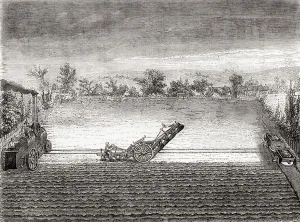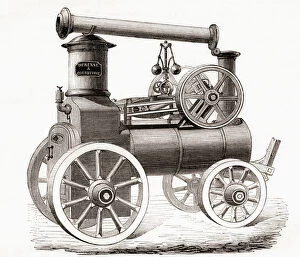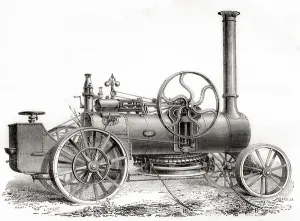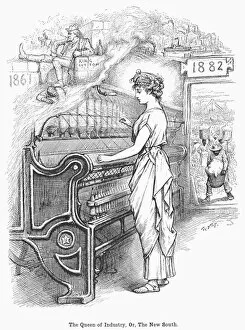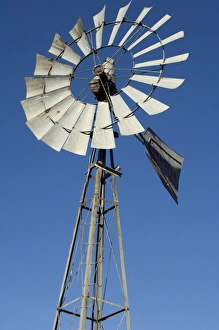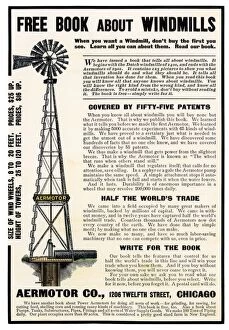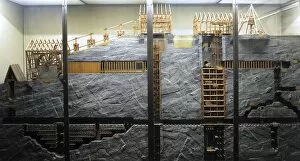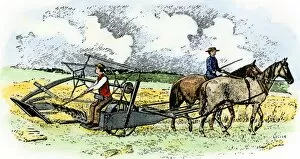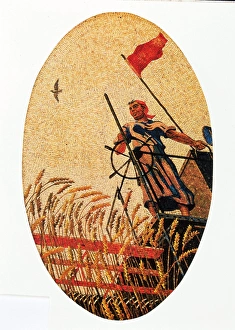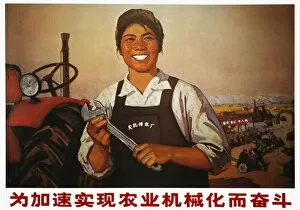Mechanization Collection
Mechanization, a transformative force that revolutionized industries and societies alike
All Professionally Made to Order for Quick Shipping
Mechanization, a transformative force that revolutionized industries and societies alike. It all began with the ingenious Jacquard loom in the 1880s, which automated the weaving process and paved the way for future advancements. The steam plough made its grand entrance in 1892, as Ingletons Improved Steam Plow took center stage with its wood engraving capturing imaginations across America. Deep beneath the surface, an underground mine showcased a model team working tirelessly to extract precious resources. Meanwhile, an apparatus for beating by machinery emerged in 1877, captured beautifully in albumen silver prints. This innovative technique brought efficiency and precision to various industries. The genius of John Fowler shone through his multi-bladed plough designed for steam-driven traction engines. His inventions propelled agricultural practices into a new era during the late 19th century. Threshing machines from Les Merveilles de la Science publication of 1870 demonstrated how mechanization transformed traditional farming methods. Not limited to land-based endeavors alone, portable steam engines built by Monsieur Durennes exemplified French engineering prowess. These marvels powered various applications across different sectors while captivating minds worldwide. As mechanization continued its relentless march forward, even medicine succumbed to its influence. Engravings depicted pill cartoning machines seamlessly packaging medicinal wonders with mechanical precision. In another realm entirely, New South Cartoon of 1882 portrayed "The Queen of Industry, " symbolizing how mechanization became synonymous with progress and prosperity during this period of history. From textile production to agriculture and beyond, mechanization left an indelible mark on society's trajectory. It forever altered human labor dynamics and ushered in an era where innovation thrived alongside productivity—a testament to humanity's unyielding pursuit of advancement through technology.





